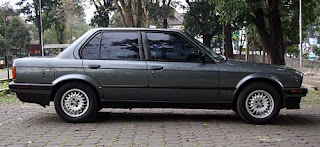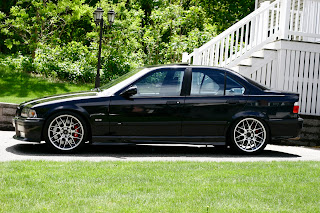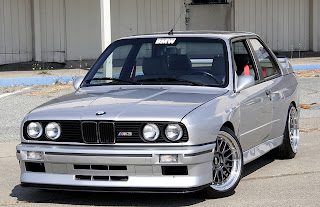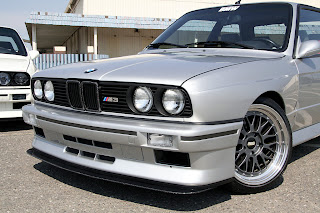View BMW F1
BMW has been involved in Formula One in a number of capacities since the inauguration of the World Drivers Championship 'in 1950. The Company entered occasional races in the 1950s and 1960s (
often under Formula Two regulations), before building M12/13 turbocharged BMW inline-four in the 1980s. This machine is the result of an agreement is an agreement between BMW and Brabham, which resulted in the team's chassis powered by a
BMW engine from 1982 to 1987, a period in which Nelson Piquet won the championship in 1983 driving a Brabham
BT52-BMW. BMW also supplied the M12/13 customers to ATS, Arrows, Benetton and Ligier teams during that period, with varying degrees of success. In 1988, Brabham temporarily withdrew from the sport and BMW withdrew support from the official machinery, which is still used by the Arrows team under the Megatron badge. Turbocharged engines are prohibited by the revised Formula One Technical Regulations for 1989, rendering obsolete M12/13.
History BMW F1
BMW decided to return to Formula One at the end of 1990 with no signing an exclusive contract with the Williams team, which requires a new engine supplier Renault's long-term after the withdrawal in 1997. This program resulted in the creation of new V10 engine which made its debut in the Williams FW22 race in 2000. The following year the partnership steps from midfield to challenge for race wins, but the desired championship remained elusive because of the dominance of Michael Schumacher and Ferrari in the first half of the 2000s. In 2005, the relationship between BMW and Williams have detoriated, and BMW decided to split up and buy the rival Sauber team directly.
BMW Sauber project lasted from 2006 until 2009, and result in a substantial increase in the competitiveness for the Swiss former privateer team. Two podium finishes in the first year followed by a third in the constructors' Championship solid in 2007 (
which became second when McLaren was disqualified). In 2008, Robert Kubica just won the race team, the 2008 Grand Prix of Canada, and lead the Drivers Championship 'at one point, but the team chose to focus on developing the 2009 car and slipped back in the final standings of the season. The 2009 season was a major disappointment as the F1.09 chassis proved uncompetitive. That combined with the global financial recession and frustration about the limited company of contemporary technical regulations in developing technology relevant to road cars, BMW chose to resign from the sport, to sell the team back to founder Peter Sauber.
Engine BMW F1
Following the start in 1977 of the Renault Formula One project with a turbocharged engine and increase success thereafter, BMW decided to build their own turbo engine for the sport, a program which was announced to the media in April 1980. This engine is based on the M10 unit, four-cylinder, 1.5-liter, normally aspirated engine that was originally designed in the 1950s. Racing derivatives, M12 has also been used in a race during the intervention period, won the race in Formula Two and other categories. In 1979 and 1980, providing a fleet of cars BMW M1 is identical to other professional drivers in Formula One and racing
BMW M1 Procar Championship, round which is held during the Grand Prix race weekend, thus strengthening ties with sports marque. At the same time, Jochen Neerpasch by Paul Rosche oversee the development of a prototype 1.4-liter turbo engine, which soon develops 600 bhp at 2.8 bar pressure. It is equipped with a single Kühnle, Kopp & Kausch (
KKK) turbocharger and Bosch electronics, including fuel injection systems. This engine formed the basis of the M12/13 design, the unit race that BMW ultimately supplied to five teams from 1982 to 1988.



















